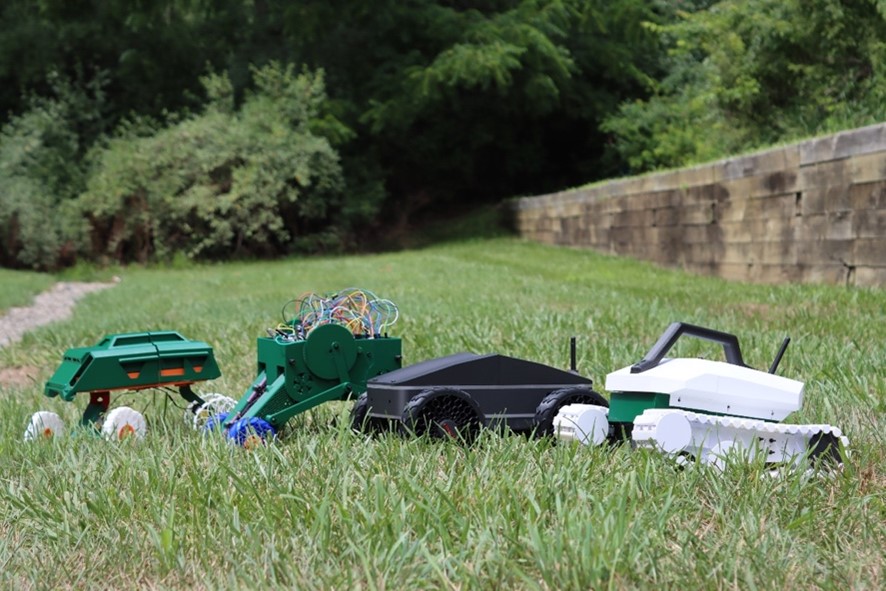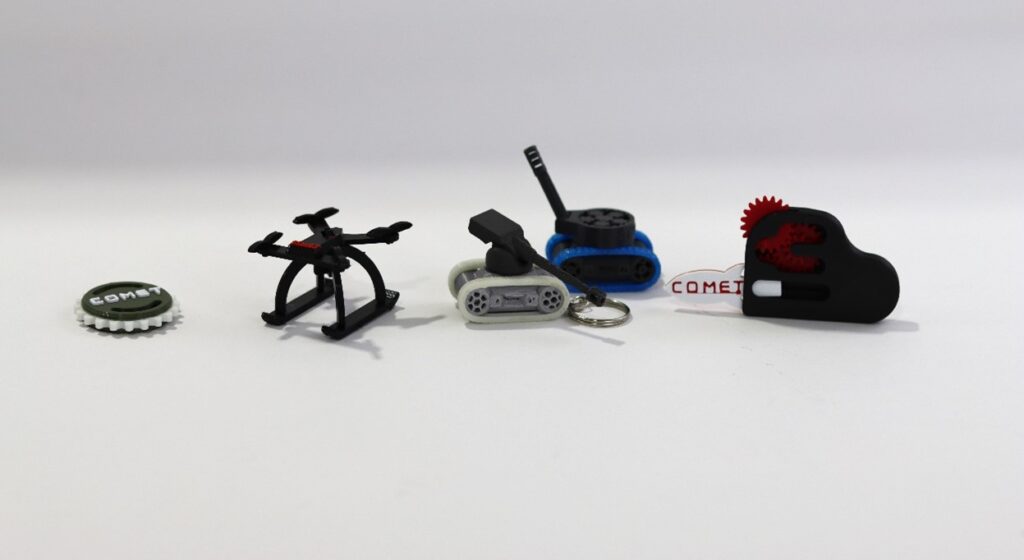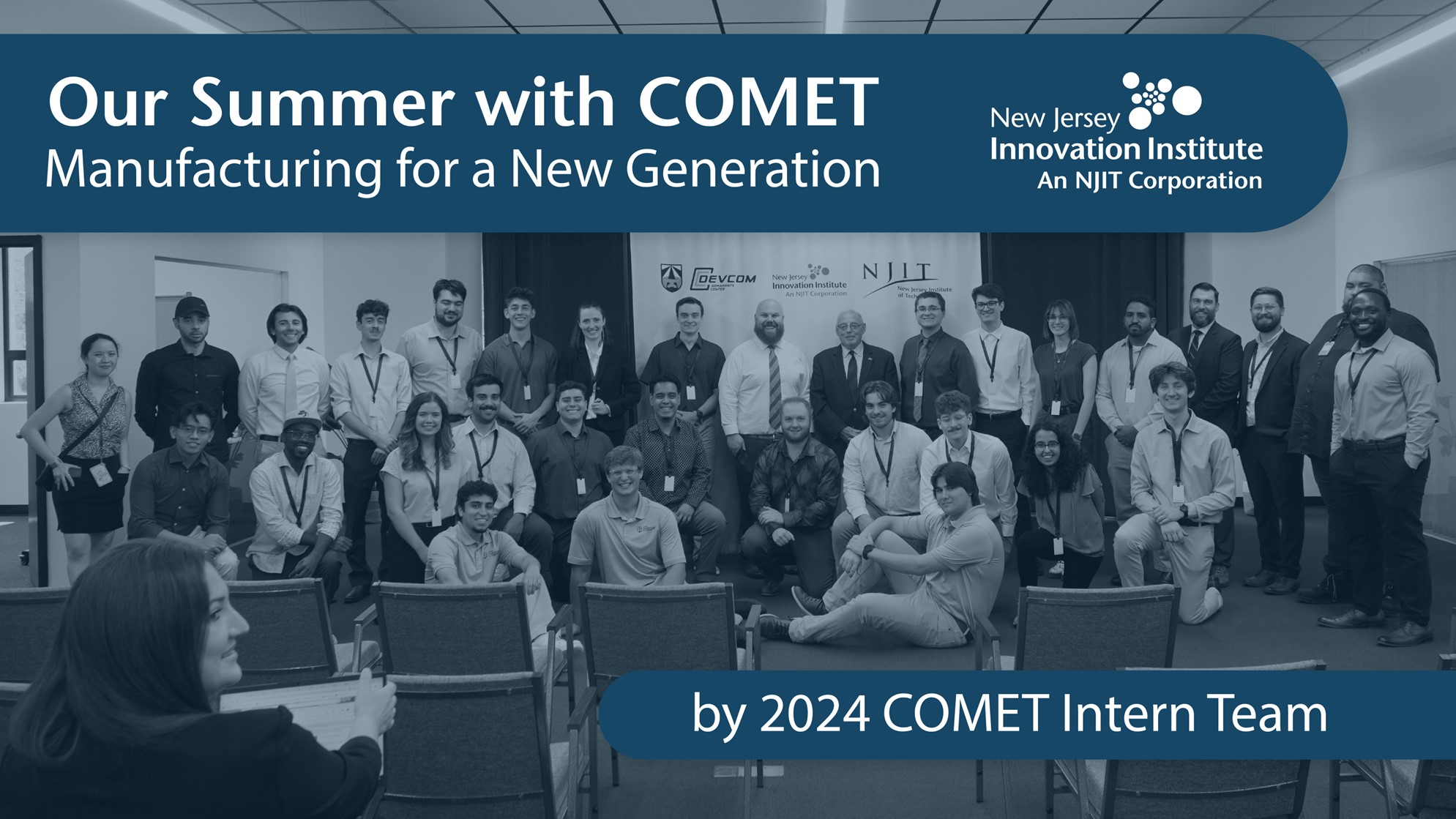In the beginning of the summer, nineteen of us, all from diverse backgrounds, schools, and majors arrived at Landing 360 to start our ten-week journey into the world of advanced manufacturing. After a brief introduction to the team and the facility, all of us were tasked with assembling a brand-new Prusa MK4 kit, one of Prusa Research’s most innovative 3D printers. We spent the first week following the build guide and assembling the printers that will serve as our main rapid prototyping capability during the rest of the internship. Assembling the MK4 not only increased the 3D printing ability of the facility but gave us an insight into how 3D printers work, so that when we were introduced to the more advanced machines, we had some foundational knowledge into how they work.
Upon the completion of the Prusa assemblies, we were split into four teams for a weeklong design sprint, where we were challenged to leverage the capabilities of the new Prusa printers to design engaging and print friendly tchotchkes representing the COMET Project. Each team included engineers and designers with diverse experiences and knowledge, who quickly had to collaborate to achieve a final design. Designs from the four teams included a drone kit card that displayed last year’s final project, a gear driven rocket launcher, a clicker coin, and a modular fidget tank (all four designs can be seen below). We all learned new skills from this one-week design sprint, gaining insights into how to properly brainstorm, collaborate, rapidly prototype, and present our design process in a professional setting. In the two weeks following the handout project, we were placed into new teams and tasked with designing remote-controlled vehicles that could traverse an obstacle course designed to simulate a jungle environment, which served as a locomotion study for the final project.

We were given an Arduino-mega starter kit and small DC motors to complete the project. Teams were quickly faced with challenges of electronics issues, scope creep, and time constraints. While the vehicles may not have perfectly traversed the course, it made for an effective learning exercise to better design solutions with given constraints. In the remaining time of the internship, all nineteen interns started working on the final project. The prompt, provided by engineers at DEVCOM AC, Picatinny Arsenal, asked us to design a design a mesh network of an unmanned ground vehicle and aerial drone to conduct reconnaissance in dense jungle terrain, where the aerial drone serves as a range extender for the ground vehicle when communication is not possible through the foliage. Taking maximum advantage of our new collaboration skills, we went through a weeklong research and brainstorm phase to better define the prompt, gather insight into the terrain and climate the network would operate in, and agree on a design. Moving forward, we created internal deadlines and a Gannt chart before splitting into sub teams based on areas of expertise: software, ground vehicle, drone, and electronics. We have been meeting often making sure we are staying on time, ordering the proper parts, avoiding scope creep, and staying on the same page as we work toward the final design. We look forward to using COMET’s advanced manufacturing capabilities to help create our final product and we’re very excited to present our final design to stakeholders at the end of the summer. If you’d like to learn more about COMET and the work we did this summer, you can view the COMET overview page on NJII’s website.

